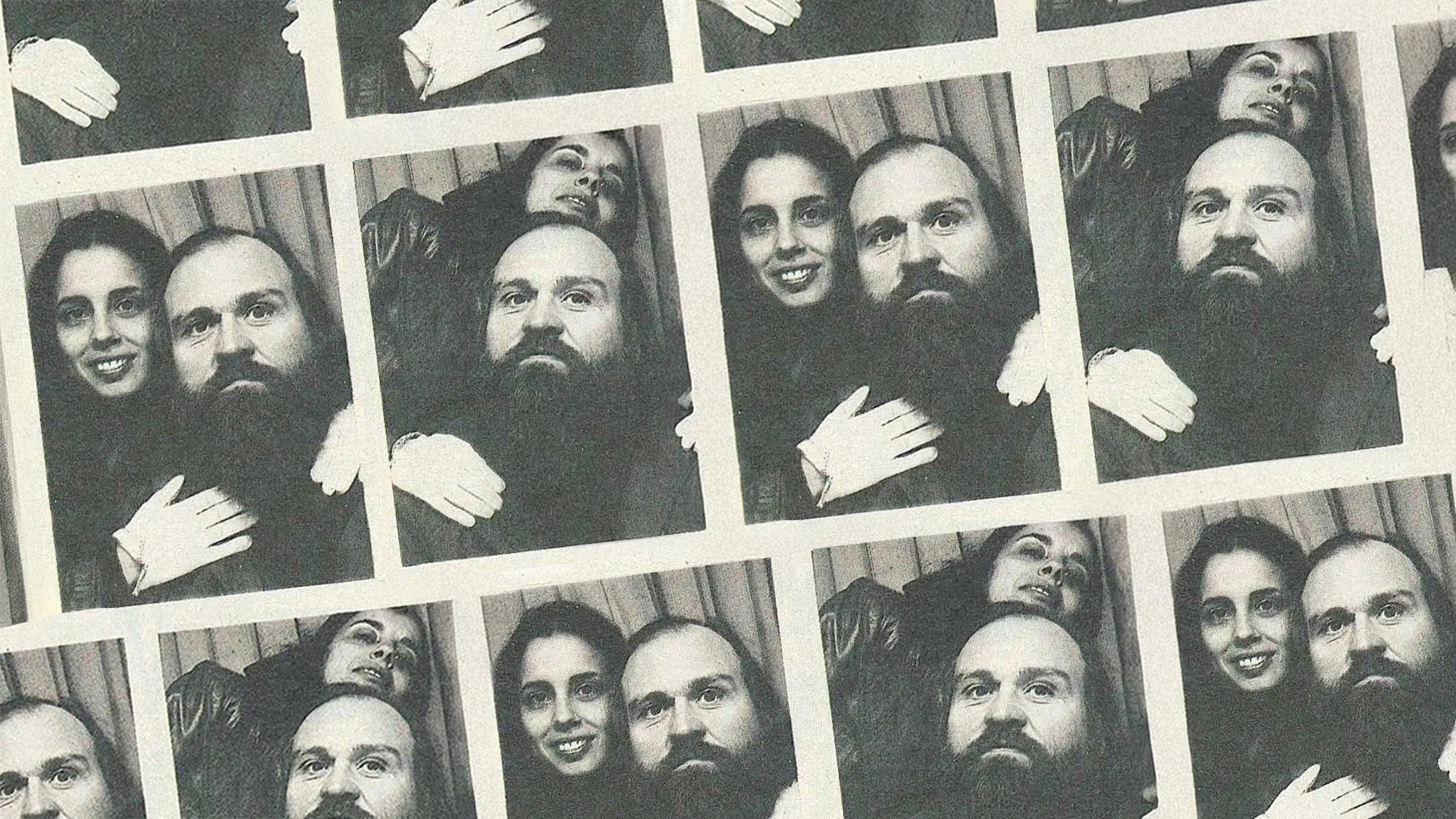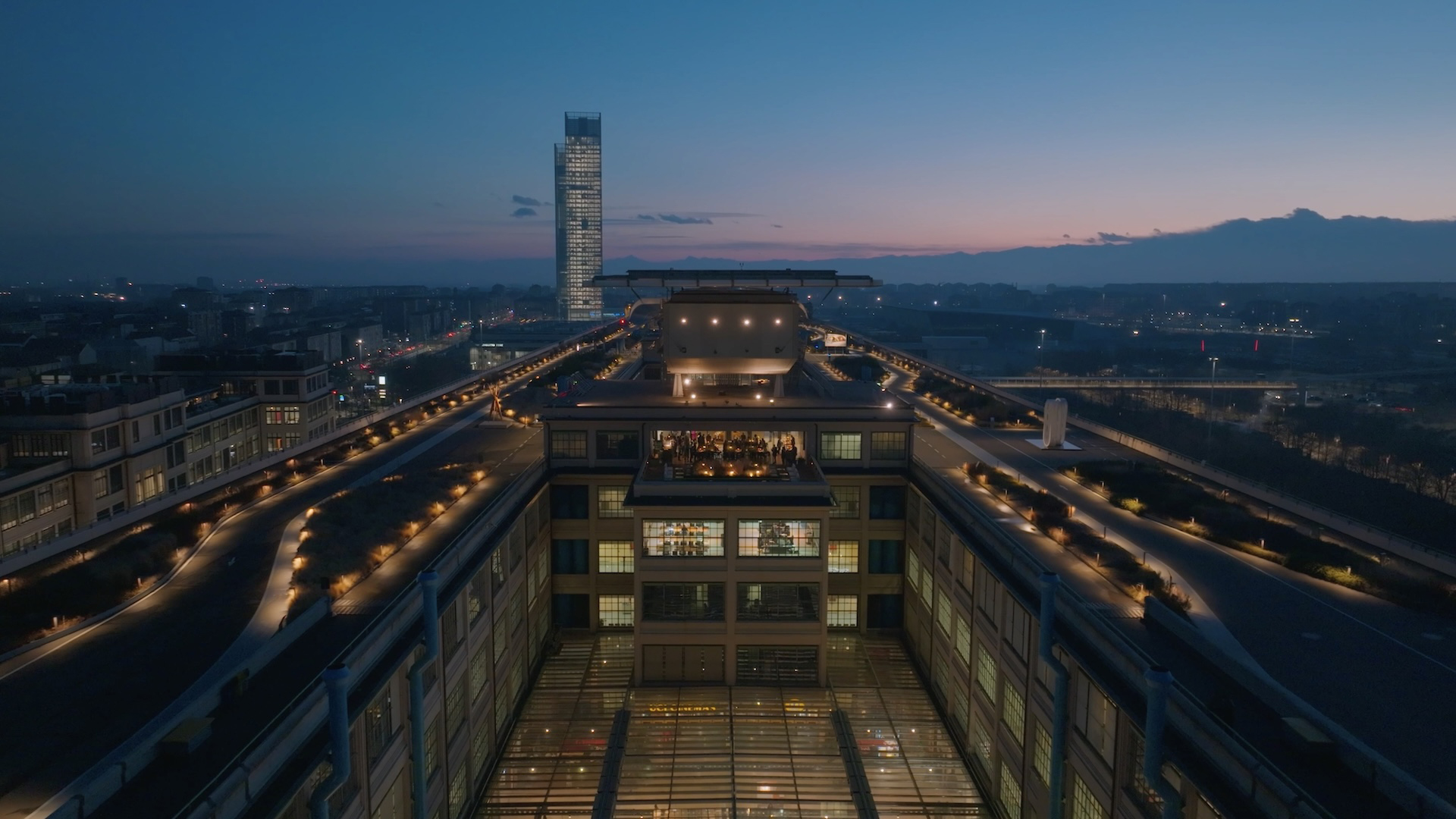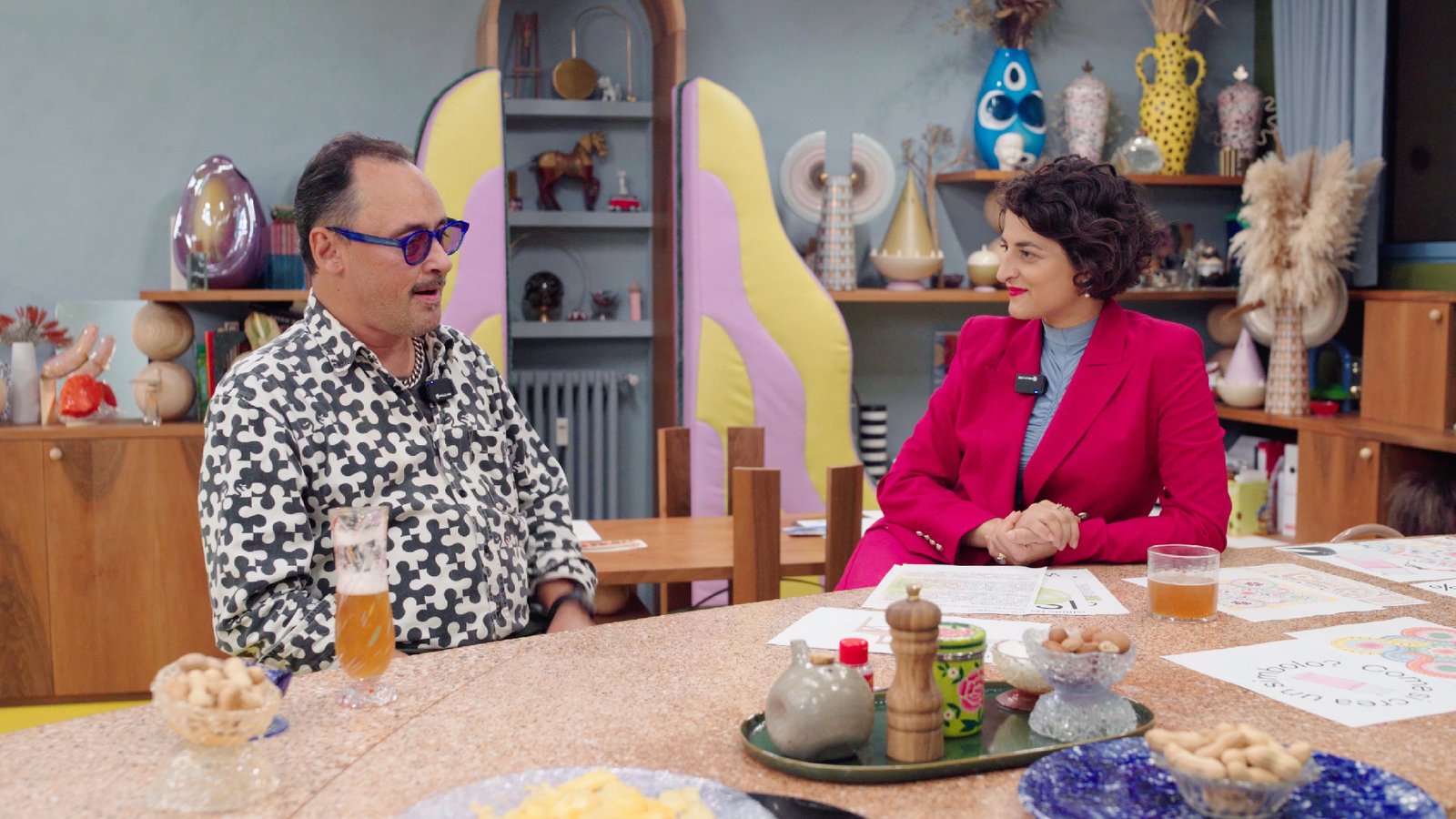
The Mysterious Death of Ana Mendieta
An unresolved enigma at the crossroads of art, body art, and performance: the controversial fate of one of Cuba’s most influential artists.
On the night of September 8, 1985, a 911 operator in New York takes another sip of coffee as the phone rings. “911, what’s your emergency?”
“My wife is an artist, and so am I. We argued because I was, uh, more publicly recognized than she was. She went to the bedroom, I followed her, and then she went out the window.”
The words come in an uninterrupted flow, almost too smooth, too composed given the gravity of the situation. The operator immediately alerts the police and emergency services.
It might have seemed like yet another tragic case of suicide or domestic violence—if not for the fact that the caller was Carl Andre, a celebrated minimalist artist, and the woman who had fallen to her death was Ana Mendieta, a 37-year-old artist whose politically and feminist-charged work had already left a profound mark on contemporary art.
Think of those quintessential New York streets—neatly framed by rows of identical townhouses, their red-brick facades interrupted by trees that blaze yellow and orange in autumn. The kind of backdrop you’d expect in a movie. That’s exactly how Greenwich Village appears—the neighborhood where Ana and Carl had been living for just over eight months. They had moved in shortly after their wedding, united by their shared passion and profession but separated by a significant age gap. Carl, an acclaimed American artist of the minimalist movement, was thirteen years older than Ana.
 Tree of life, Ana Mendieta, 1976
Tree of life, Ana Mendieta, 1976
Two very different people—yet they chose each other.
Ana was born on November 18, 1948, in Havana, Cuba. Her childhood and adolescence were shaped by the Cuban Revolution and Fidel Castro’s rise to power. Initially a supporter of the revolution, Ana’s father later turned against it, siding with the counter-revolutionaries. This decision led to Ana and her younger sister being sent to Florida as part of "Operation Peter Pan," a secret CIA mission that relocated Cuban children to the United States.
She attended art school in Iowa before enrolling at the University of Iowa, where she soon realized that painting was not her true medium of expression. There, she met Hans Breder, a German-born professor who had a profound influence on her artistic evolution. Their relationship was both romantic and professional. Under his guidance, Ana began experimenting with photography and performance art. Her body became her language, and from the outset, her work powerfully explored gender fluidity.
In 1973, Ana was shaken by a horrific crime: the rape and murder of a female student on the University of Iowa campus. She felt compelled to respond—through art, in the only way she knew how. She staged a performance to denounce the violence, inviting students and professors into her room, where they found her naked and covered in blood, posed exactly as the murdered student had been discovered. Half-dressed, her underwear pulled down to her ankles, her legs and buttocks smeared with blood, slumped over a table with her wrists bound—utterly motionless, like a lifeless object. Holding that position, she confronted the assembled audience, using her own body as a vessel for reflection and protest.
 Ana Mendieta, Untitled from Silueta Series, Mexico, 1973-77
Ana Mendieta, Untitled from Silueta Series, Mexico, 1973-77
Her name quickly gained recognition in the art world, and in January 1978, she moved to New York, where she connected with feminist artists. It was there that she met Carl Andre. Opinions about their relationship vary—some recall them as a deeply connected couple, while others describe a toxic dynamic. In 1983, Ana won the prestigious Rome Prize, and in 1985, she married Andre in the Italian capital.
A few months later, their return to New York could have been the continuation of a love story. Instead, suspicions arose. Some believe Ana had begun to suspect Carl of infidelity while she was in Rome and he was working in Berlin. Nevertheless, the couple appeared to maintain a harmonious life, dedicating themselves to their artistic careers and actively engaging in the city’s social scene, frequently hosting dinners for prominent figures. But not on the night of September 8. That evening, they chose to stay home, opting for a quiet night in. Chinese takeout and a bottle of champagne. Then a scream. A sudden, dull thud. Then, that unsettling phone call. Sirens. Desperation.
That night, Ana’s body plunged from the window of their 34th-floor apartment at 300 Mercer Street, in Greenwich Village.
When officers arrived, Carl insisted that Ana must have jumped—drunk and suicidal. Perhaps rejection had driven her to it.
“How do you know she jumped?” an officer asked.
Ana was petite, delicate, and reportedly afraid of heights. And yet, she supposedly climbed onto the ledge and fell in just 4.21 seconds.
“I just know,” Carl replied, according to that night’s police report.
 Carl Andre, Venus Forge (1980), Courtesy Tate Modern
Carl Andre, Venus Forge (1980), Courtesy Tate Modern
Carl was initially arrested but was acquitted three years later due to insufficient evidence. The court ruled Ana’s death an accident or suicide—despite reports that the couple had been drinking heavily that night and that witnesses had heard a violent argument just before her fatal fall. Many of Ana’s friends and colleagues dismissed the idea of suicide, insisting she had been in a positive phase of her life. Others found it difficult to believe that Carl could have harmed her.
After his acquittal, Carl continued living in the same apartment.
The case remains shrouded in mystery, filled with unanswered questions. What is certain is that, on that night, the world lost an extraordinary artist—one who seamlessly blended diverse forms of expression, from body art to land art, from photography to video. An artist ahead of her time, whose work explored themes of freedom and identity with remarkable sensitivity. An artist whose voice, now more than ever, the world still desperately needs.
Cover Image: Carl Andre and Ana Mendieta
Alessio Vigni, born in 1994. He designs, edits, writes and deals with contemporary art and culture.
He collaborates with important museums, art fairs and artistic organisations. As an independent curator, he works mainly with emerging artists. He recently curated “Warm waters” (Rome, 2025), “SNITCH Vol.2” (Verona, 2024) and the exhibition “Empathic Dialogues” (Milan, 2024). His curatorial practice explores the relationship between the human body and the social relationships of contemporary man.
He writes for several specialised magazines and is author of art catalogues and podcasts. For Psicografici Editore he is co-author of SNITCH. Dentro la trappola (Rome, 2023). Since 2024 he has been a member of the Advisory Board of (un)fair.



